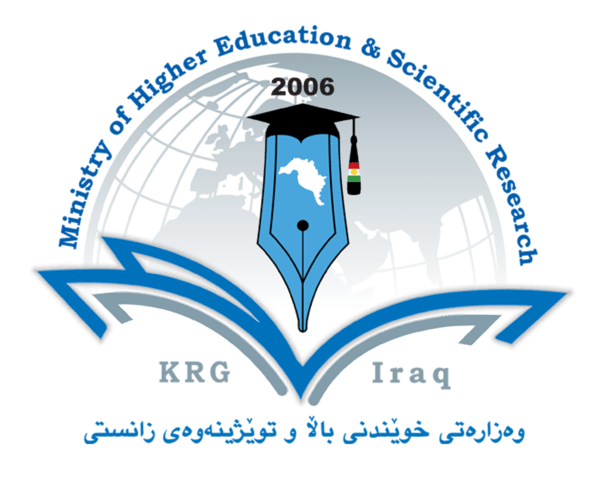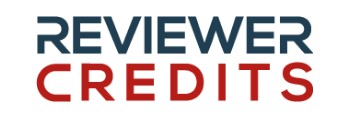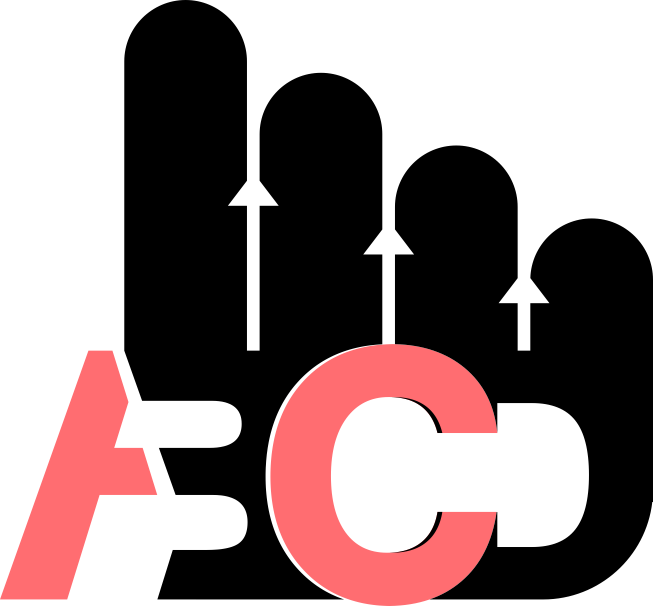Tongue lesions and anomalies among patients attending outpatient clinic in Sulaymaniyah city
DOI:
https://doi.org/10.56056/amj.2025.348Keywords:
Fissure tongue, Frequency, Systemic disease, Tongue lesionAbstract
Background and objectives: The tongue is an essential muscular organ used for speech, mastication, deglutition and sucking, it had an influence on face development, and dental occlusion. The aim of this study was to determine the prevalence of tongue lesions and anomalies among patients attending outpatient of Peramerd dental health center in Sulaymaniyah city.
Methods: This cross-sectional study was conducted on 400 patients randomly who visited Peramered dental health center between December 2022; to May 2023. The tongue was examined for abnormalities in size, shape, mobility, lesions, and surface changes. When clinical features were not diagnostic, a biopsy was conducted.
Results: The study sample included 225 females (56.3%) and 175 males (43.8%), the prevalence of tongue lesions with no significant depending on sex distribution (p-value = 0.14). In the current study most of the patients are aged 50 years and above ranged (22.3%), and the tongue lesions significant with old age (p <0.001). There were 212 individuals with one or more tongue disorders, with a prevalence of tongue lesions of (53%). Fissured tongue was the most frequent condition, detected in 101 individuals (25.3%). Hypertension and diabetes mellitus were determined to be the two most prevalent systemic disorders.
Conclusion: The current study revealed a significant frequency of tongue lesions among older patients, more in males, and higher in smoking and systemic diseases. The more prevalent tongue lesions were fissure tongue and coated tongue, while lipoma, pyogenic granuloma, and strawberry tongue were at the least frequent.
Downloads
References
Fomete B, Agbara R, Osunde DO, Bello SA, Yunus AA, Boulama A. Pattern and Presentation of tongue lesions in Kaduna, Nigeria: an 8-year Review. Niger Dent J Res 2018;3(2):84-90.
Abed AH, Abdullah MI, Warwar ANH. The Prevalence of Tongue Anomalies among Medium School Pupils at Aged 13-15 Years Old in Fallujah City, Iraq. J Res Med Dent Sci 2018;6(1):249-55.
Al Wesabi M, Al Hajri M, Shamala A, Al Sanaani S. Tongue lesions and anomalies in a sample of Yemeni dental patients: A cross-sectional study. J Oral Res 2017;6(5):121-6.
Shayeb MA, Fathy E, Nadeem G, El-Sahn NA, Elsahn H, Khader IE, et al. Prevalence of most common tongue lesions among a group of UAE population: retrospective study. Radiat. Oncol. J. 2020; 1 (46): 001-005.
Shinde SB, Sheikh NN, Ashwinirani S, Nayak A, Kamla K, Sande A. Prevalence of tongue lesions in western population of Maharashtra. Int J Appl Dent Sci. 2017;3(03):104-8.
Alzubaidee AF. The Occurrence of Tongue Lesions among Dental Outpatients Attending Khanzad Dental Polyclinics Center in Erbil City. D J M 2020;19(2):41-51.
Kramer I, Pindborg JJ, Bezroukov V, Infirri J. Guide to epidemiology and diagnosis of oral mucosal diseases and conditions. World Health Organization. Community Dent Oral Epidemiol 1980;8(1):1-26.
Bhattacharya PT, Sinha R, Pal S. Prevalence and subjective knowledge of tongue lesions in an Indian population. J Oral Biol Craniofac Res 2016;6(2):124-8.
Patil S, Kaswan S, Rahman F, Doni B. Prevalence of tongue lesions in the Indian population. J Clin Exp Dent 2013;5(3): e128.
Raman P, Krithika C, Anandi M, Kanmani R, Kannan A, Raghuram P. Prevalence of tongue lesions in tobacco and non-tobacco users of OPD, SRM dental college, Chennai: A cross-sectional study. Int J Adv Health Sci. 2015; 10:1-5.
Shamloo N, Lotfi A, Motazadian HR, Mortazavi H. Squamous cell carcinoma as the most common lesion of the tongue in Iranians: a 22-year retrospective study. Asian Pac J Cancer Prev 2016;17(3):1415-9.
Alshayeb M, Mathew A, Varma S, Elkaseh A, Kuduruthullah S, Ashekhi A, et al. Prevalence and distribution of oral mucosal lesions associated with tobacco use in patients visiting a dental school in Ajman. Radiat Oncol J 2019;13(2):29-33.
Fuoad SA. A clinical study on tongue lesions among Iraqi dental Outpatients. Gulf Medical University: Proceedings. 2013(17-18):180-5.
Byahatti SM, Ingafou MS. The prevalence of tongue lesions in Libyan adult patients. 2010.
Al-Maweri SA, Al-Jamaei AA, Al-Sufyani GA, Tarakji B, Shugaa-Addin B. Oral mucosal lesions in elderly dental patients in Sana’a, Yemen. J Int Soc Prev Community Dent 2015;5(Suppl 1): S12.
Al-Mobeeriek A, AlDosari AM. Prevalence of oral lesions among Saudi dental patients. Ann Saudi Med 2009;29(5):365-8.
Darwazeh AMG, Almelaih AA. Tongue lesions in a Jordanian population. Prevalence, symptoms, subject’s knowledge and treatment provided. Med Oral Patol Oral Cir Bucal. 2011;16(6): e745–49.
Mirza D, Devi B, Salman S, Khalid A, Omer SA, Zeeshan J. Prevalence of Tongue Lesions in Patients Visiting Private Dental Practices of Pakistan: A Multicenter Study. InMed. Forum 2022 Mar (Vol. 33, No. 3, p. 53).
Motallebnejad M, Babaee N, Sakhdari S, Tavasoli M. An epidemiologic study of tongue lesions in 1901 Iranian dental outpatients. J Contemp Dent Pract. 2008;9(7):73-80.
Feil ND, Filippi A. Frequency of fissured tongue (lingua plicata) as a function of age. Swiss Dent J. 2016;126(10):886-97.
Mohammad RS, Alzubaidee AF, Qurtas DS. Prevalence of Oral Lesions in Patients with Psoriasis. D J M 2020;19(2):192-9.
Downloads
Published
Issue
Section
License
Copyright (c) 2025 Kanyaw Abubakr Omar, Shanaz Mohammed Gaphor

This work is licensed under a Creative Commons Attribution-NonCommercial-ShareAlike 4.0 International License.
The copyright on any article published in AMJ (The Scientific Journal of Kurdistan Higher Council of Medical Specialties )is retained by the author(s) in agreement with the Creative Commons Attribution Non-Commercial ShareAlike License (CC BY-NC-SA 4.0)














